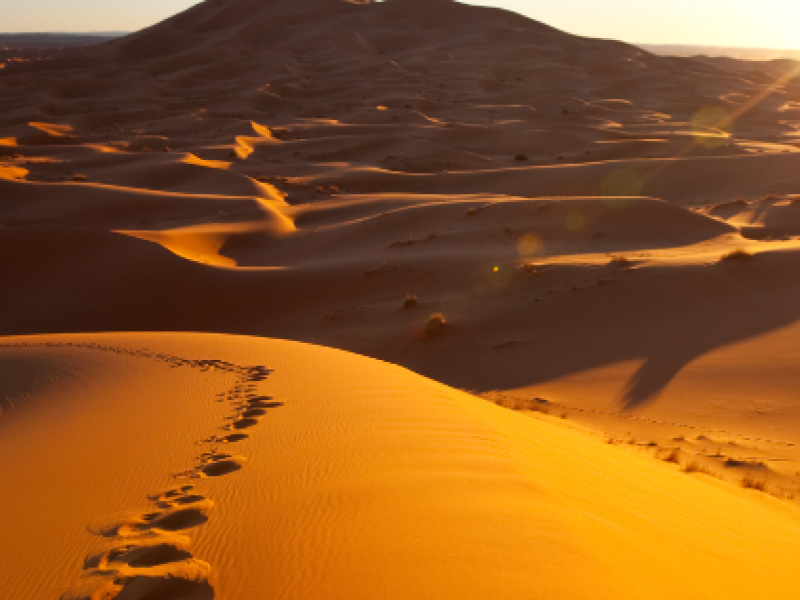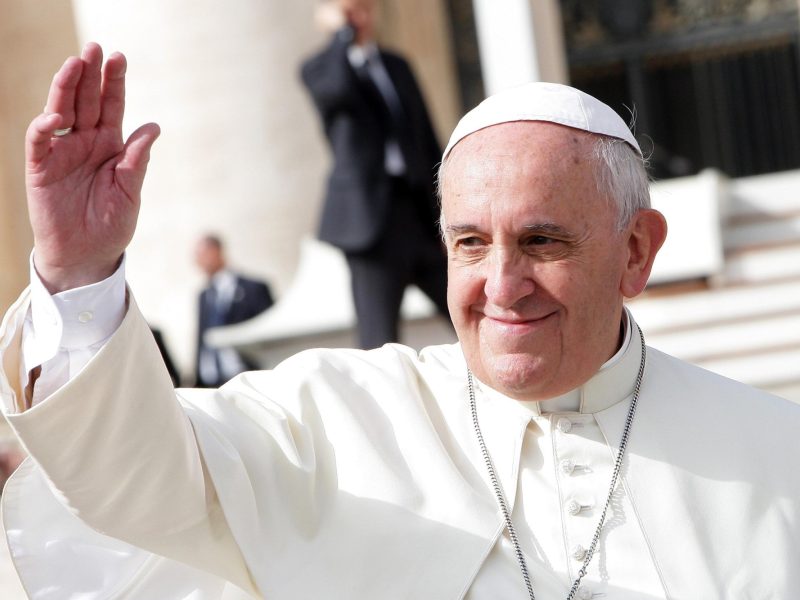The Holy Place
by Fr John O’Connor
The announcement of a Jubilee Year is accompanied by encouragement to visit Holy Places. When Catholics think of Jubilee Holy Places, we are likely to look to the nominated places of pilgrimage, whether close to home or in distant lands.
In our own diocese, Canterbury has four advertised Holy Places. A personal or communal visit to any of these sanctuaries will bear fruit, both in positive connections with others who make the same journey, and in graces from God, whose abundant, loving, and forgiving generosity is the theme and the gift of every Jubilee Year.
We are also aware of people who will not be able to visit a promoted Holy Place. I think of those whose illness confines them to home or hospice, and those whose home, family, and work responsibilities make such travel impractical.
We remember too, the people of our diocese in Westland and the Chatham Islands, for whom a visit to Canterbury across mountains and oceans is not possible in these months.
There are also many whose negative experience of the Church institution may keep them at a distance.
A Jubilee Year is a gift for all.

While traditionally, seven days leads to a day of sabbath rest, after seven years a sabbath year is offered, in which the earth and all who live in the earth are invited to rest in God. Traditionally, the ground would lie fallow and the people might pilgrimage to Holy Places. Every fifty years (seven times seven years), an abundant Jubilee Year is proclaimed, with debts and sin forgiven, burdens lifted, and captives freed.
While the idea of travelling to a Holy Place is intrinsically Catholic and also shared by the other people of faith, the opportunity for a renewal of faith in Jesus Christ is offered to all without leaving home.
Parish and diocesan programmes and pilgrimages are offered in the hope they will be helpful for those seeking a deeper engagement with parish life and worship. How does the Church also engage with those (around 90%) who feel distant from Catholic life and practice for a variety of reasons?
Pope Francis has repeatedly emphasised that those who feel as though they are on the peripheries of institutional Church life, are not necessarily distant from God. Francis adds that there are many at Mass regularly who may be obeying a religious requirement, but their hearts are astray.
A Jubilee Year requires those who may be at Mass often, to prayerfully ponder whether they are genuinely practicing their Catholic faith. A Jubilee Year also invites people who have a vibrant relationship with Jesus through prayer, who care for those in need and show gentle generosity towards those who struggle, to discover even greater maturity in their lives of faith.
A Jubilee Year, while a time of sabbath rest, is no time for casual complacency.
In a Year of Jubilee, we remember that our hope comes through the fact that God, in Jesus Christ, is journeying to us in every moment of each long day and dark night, in the complexities of life in our families, workplaces, and neighbourhoods.
This means that my personal Jubilee Holy Place may not only be found in a place of pilgrimage, a special place of significance for the Church, but in the reality of my life today.

Whatever your reason for reading, I invite you to put what I am saying to the test, and here’s a suggestion for how you might do this.
Take one minute right now, to speak directly to God, perhaps imagining Jesus, with you, listening to you. Speak to Jesus. Tell him how you feel about your life, about your relationships, your work, the Church, your struggles, your shame. Just tell him. One minute.
Now take another minute to just breathe, and to listen for his response.
What do you hear? What do you notice? What do you sense?
Renewal of this personal relationship with God is the great gift of Jubilee.
Our mission on earth is to deepen and mature our awareness that in Jesus, God is with us. In this maturation, we learn that our personal reality of struggle and shame, and our sense that there must be more to life, is not a problem but an opportunity, a capacity to encounter
the divine in the often-hidden and even repressed recesses of our human hearts.
Our place of encounter with God, our Holy Place of hope-filled and hope-fuelled pilgrimage, is a journey to the heart. The story is told of the king who sought to hide his treasure for safe keeping, while he visited distant regions of his realm. He called his advisers to ask where best to conceal the treasure for safe-keeping in his absence. The first adviser suggested he find a spot at the top of the highest mountain. The second advised that the depth of the ocean would be safer. Then the third, the wise and holy one, advised that the human heart would offer the most secret place, since people rarely think of the heart as the place of hidden treasure.
Therein lies the ultimate adventure of faith.

Late last year, Pope Francis expressed this powerfully in his letter “He Loves Us” on the Human Heart. In a selection of quotations from the letter, he reflects:
“All of us need to rediscover the importance of the heart.”
“Keep your heart with all vigilance, for from it flow the springs of life.”
“In this ‘liquid’ world of ours, we need to start speaking once more about the heart and thinking about this place where every person,
of every class and condition, creates a synthesis, where they encounter the radical source of their strengths, convictions, passions and decisions.”
“At the end of our lives the value of the heart alone will matter.”
“The inmost core of reality is love.”
And now, before you move to the next article, just take the minute.
I am confident that you won’t be disappointed.
John O’Connor (john@fff.org.nz) is author of the foodforfaith.org.nz mission and publisher of Food For Faith (reflections for those seeking greater maturity of Christian faith) and Fifth Gospel Living (90 people from Aotearoa and further afield sharing personal experiences of God).
